Understanding XX vs XY Chromosomes
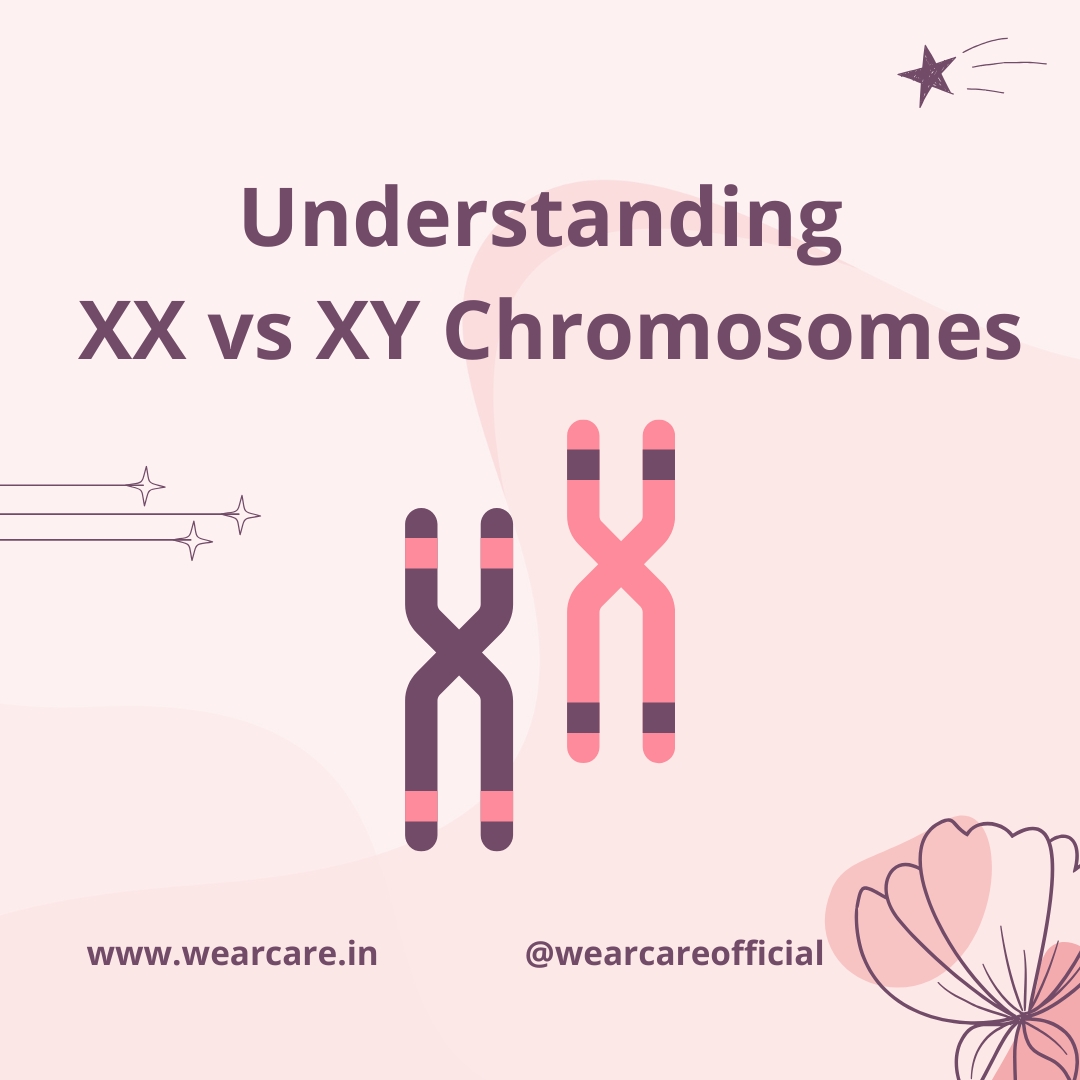
Understanding XX vs XY Chromosomes : A Deep Dive into Human Genetics
The human body is a complex and fascinating organism, and at the heart of this complexity lies its genetic makeup. Chromosomes, which are thread-like structures in our cells, play a vital role in determining our biological traits and functions. Among these chromosomes, the XX and XY pairings are of particular importance as they determine biological sex and influence numerous physiological characteristics. In this blog, we’ll explore the structure, functions, and key differences between XX and XY chromosomes.
What Are Chromosomes?
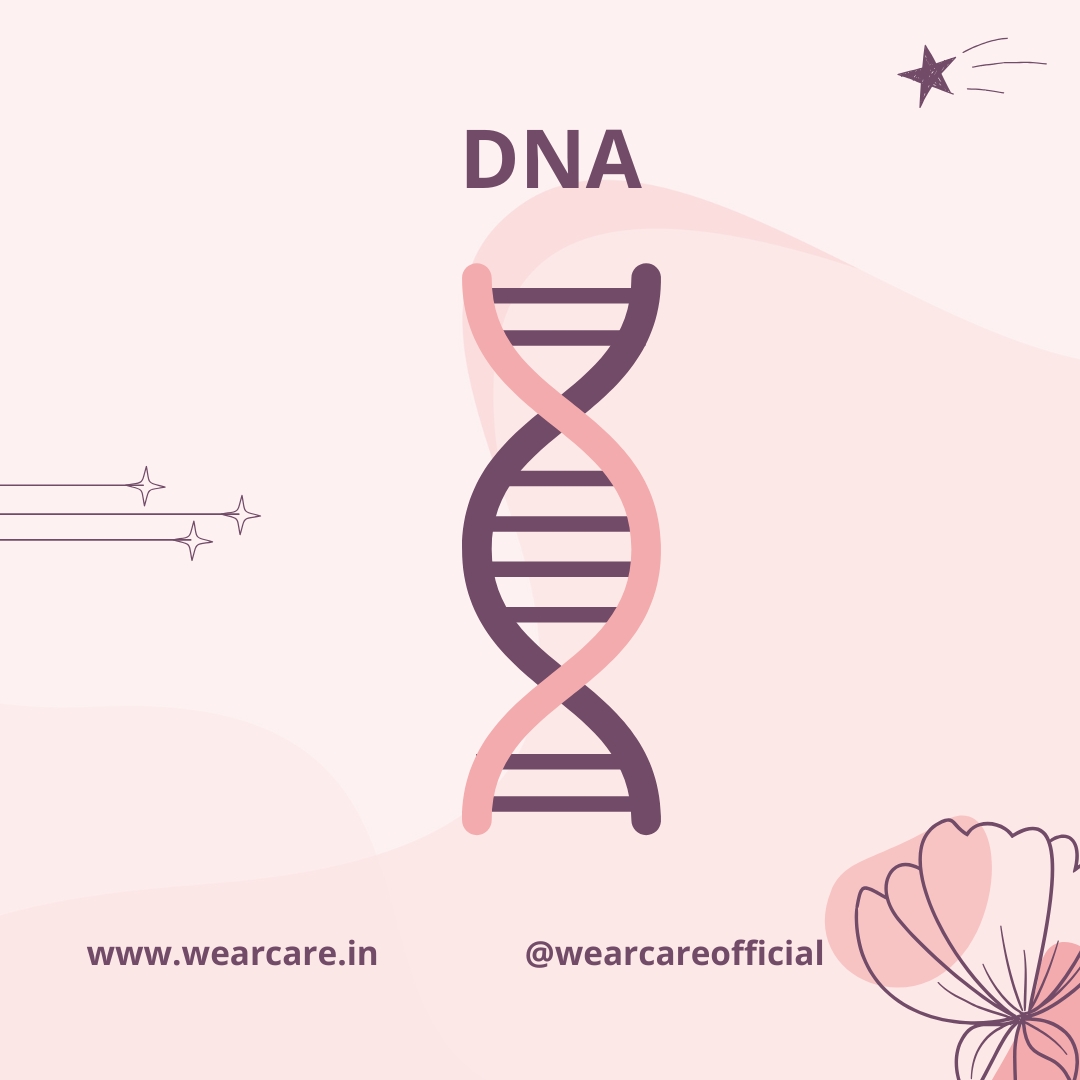
DNA
Chromosomes are structures composed of DNA and proteins found in the nucleus of our cells. They carry genetic instructions that govern the development, function, and reproduction of living organisms. Humans have 23 pairs of chromosomes, making a total of 46. These pairs include 22 pairs of autosomes and one pair of sex chromosomes.
What Are XX and XY Chromosomes?
The 23rd pair of chromosomes determines an individual’s biological sex:
- XX Chromosomes: Found in biological females, the XX pairing is composed of two X chromosomes.
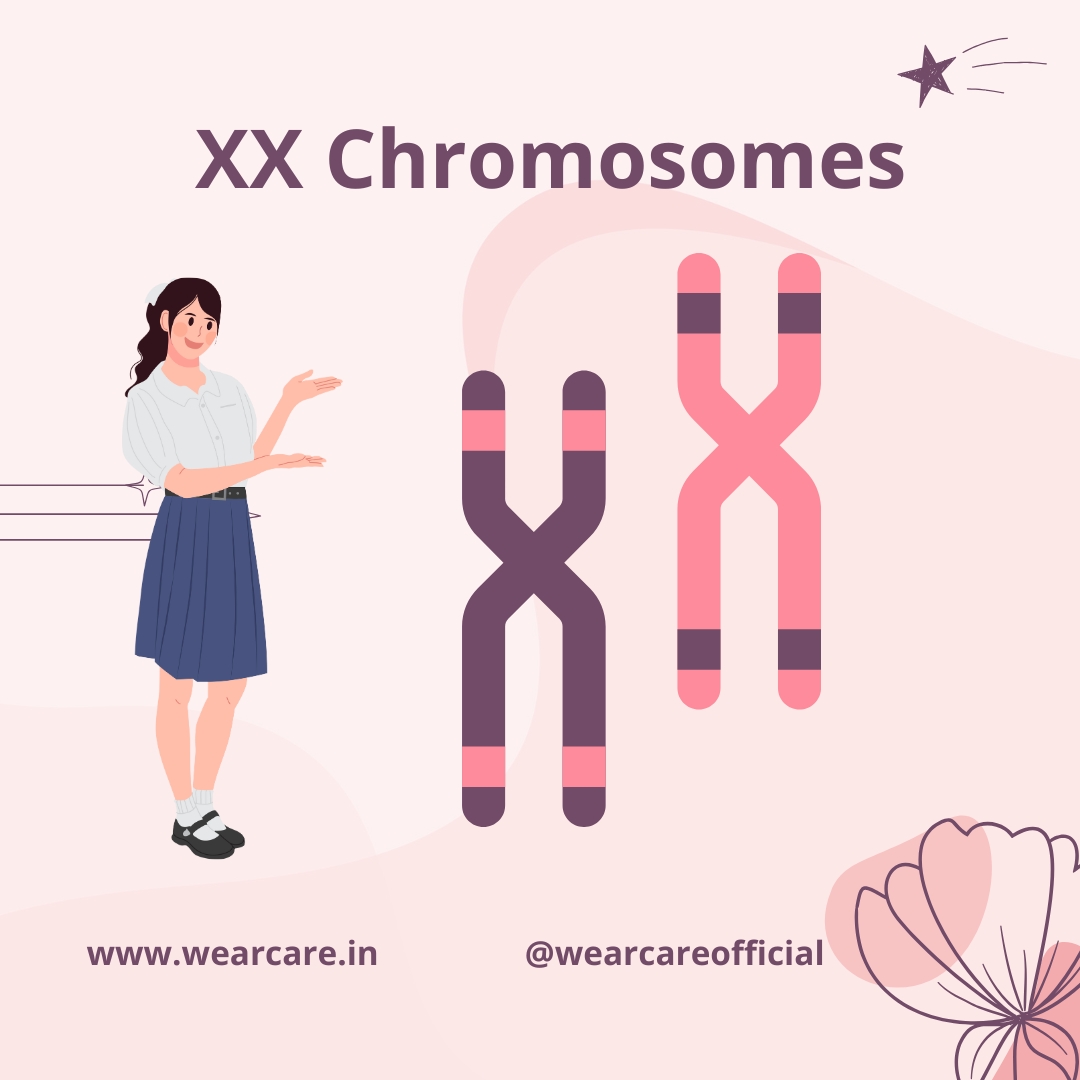
XX Chromosomes
- XY Chromosomes: Found in biological males, the XY pairing consists of one X chromosome and one Y chromosome.

XY Chromosomes
Structure and Function of X and Y Chromosomes
1. X Chromosome
- Structure: The X chromosome is relatively large and contains approximately 1,100 genes.
- Function: It carries genes responsible for a variety of essential bodily functions, including development, reproduction, and some aspects of immunity. It is present in both males (as a single copy) and females (as two copies).
2. Y Chromosome
- Structure: The Y chromosome is much smaller than the X chromosome, with around 50-200 genes.
- Function: The Y chromosome plays a crucial role in determining male biological traits and contains the SRY (Sex-determining Region Y) gene, which triggers the development of male reproductive organs.
Key Differences Between XX and XY Chromosomes
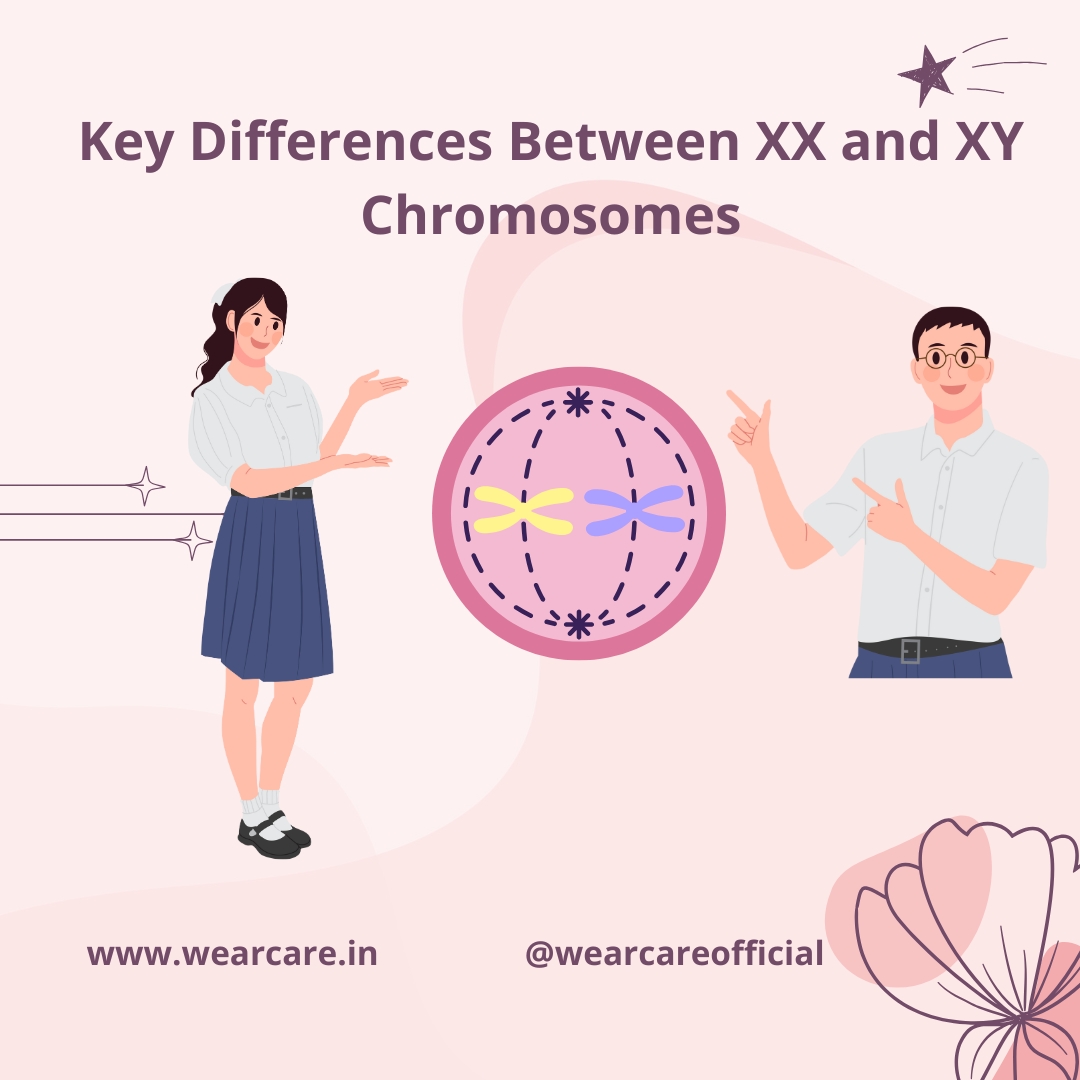
Key Differences Between XX and XY Chromosomes
| Feature | XX Chromosomes | XY Chromosomes |
|---|---|---|
| Composition | Two X chromosomes | One X chromosome and one Y chromosome |
| Biological Sex | Typically associated with females | Typically associated with males |
| Gene Content | Rich in genes influencing multiple traits | Limited gene content, specialized for male traits |
| Developmental Role | Vital for female reproductive development | Essential for male reproductive development |
| Inheritance | One X chromosome from each parent | X chromosome from mother, Y chromosome from father |
Inheritance Patterns of Sex Chromosomes
The combination of sex chromosomes a person inherits is determined during reproduction:
- A mother always passes on an X chromosome.
- A father can pass on either an X or a Y chromosome:
- X from father: The child will have XX chromosomes (female).
- Y from father: The child will have XY chromosomes (male).
Disorders Related to Sex Chromosomes
Abnormalities in the number or structure of sex chromosomes can lead to genetic disorders:
- Turner Syndrome (45, X): A condition where a female has only one X chromosome.
- Klinefelter Syndrome (47, XXY): A condition where a male has an extra X chromosome.
- Triple X Syndrome (47, XXX): A condition where a female has an extra X chromosome.
- XYY Syndrome (47, XYY): A condition where a male has an extra Y chromosome.
Beyond Biological Sex: Roles of X and Y Chromosomes
While the primary role of X and Y chromosomes is to determine biological sex, they influence other aspects of health and development:
- X Chromosome: Contains genes involved in brain development, immune system function, and some hereditary diseases (e.g., hemophilia and color blindness, which are X-linked conditions).
- Y Chromosome: Though limited in gene content, it carries genes that influence male fertility and secondary sexual characteristics.
Evolutionary Perspective
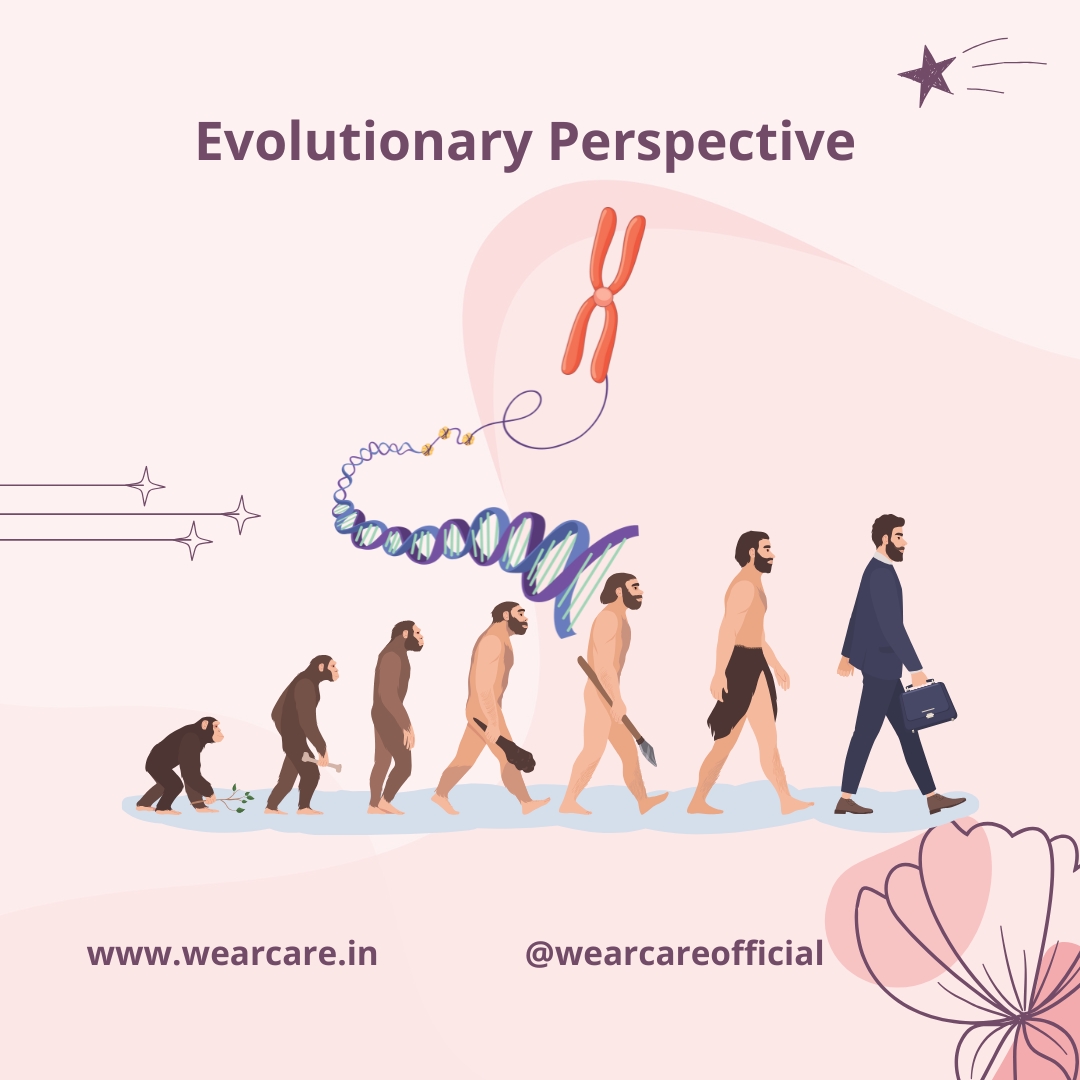
Evolutionary Perspective
The X and Y chromosomes originated from a pair of autosomes millions of years ago. Over time, the Y chromosome became specialized for male determination and lost many of its original genes, explaining its smaller size compared to the X chromosome. This evolutionary divergence highlights the adaptive significance of sex chromosomes in human biology.
Conclusion
The XX and XY chromosomes are fundamental to human genetics, playing a pivotal role in determining biological sex and influencing various physiological traits. Understanding the differences and functions of these chromosomes not only sheds light on human development but also helps in diagnosing and managing genetic disorders. As genetic research advances, we continue to uncover more about the intricate workings of these vital components of our DNA.
By appreciating the nuances of XX and XY chromosomes, we gain a deeper understanding of the remarkable genetic blueprint that makes each individual unique.
You may like this also
